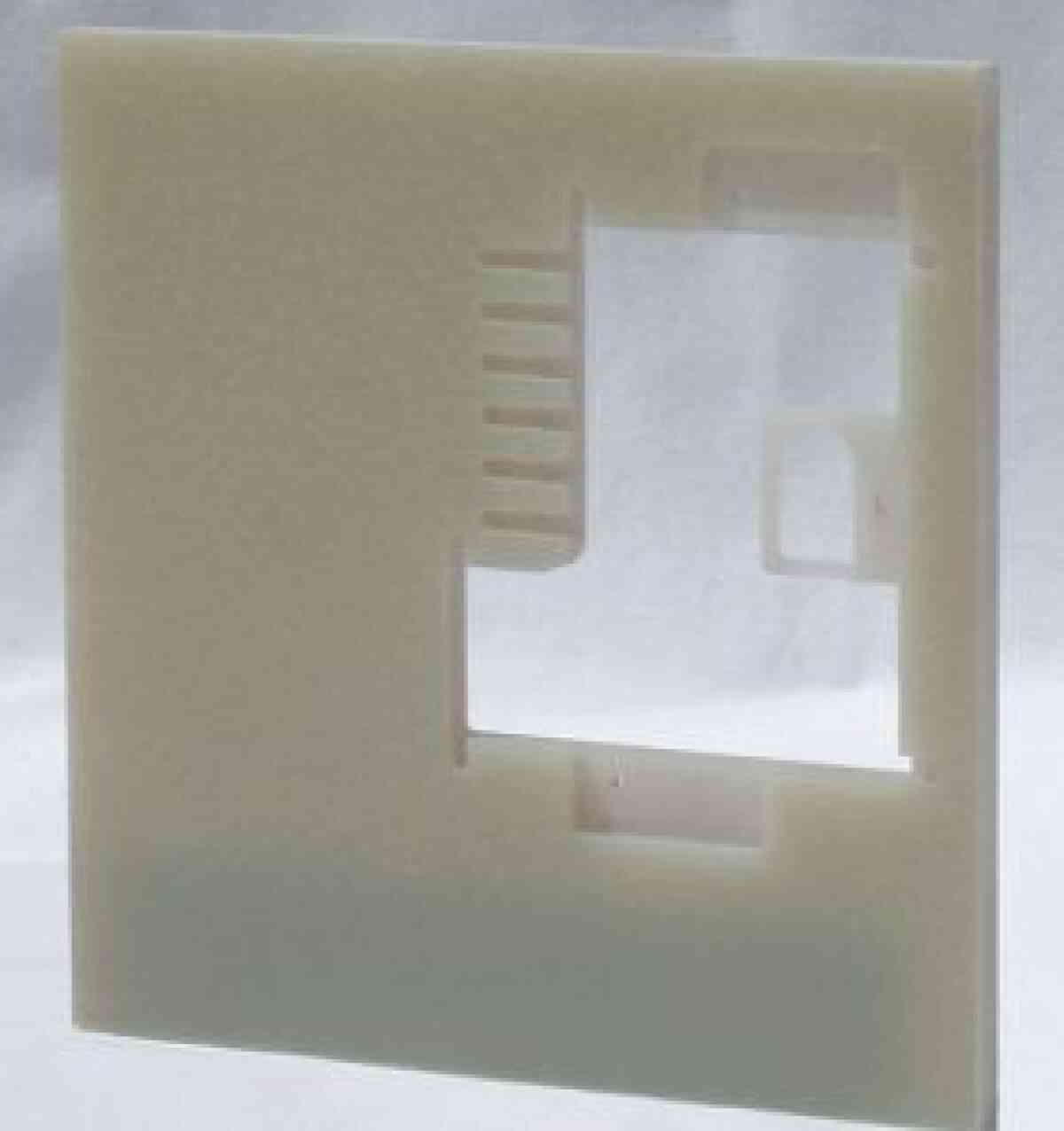Peek Plastic Machining: The Advantages
- - Category: Industrial
- - 29 Mar, 2023
- - Views: 235
- Save

Discover the benefits of PEEK plastic machining.
If you're in the manufacturing industry, you've likely heard of PEEK plastic. Known for its high-performance properties and versatility, PEEK has become a popular material for various applications. But what exactly makes PEEK stand out from other plastics? And why is it becoming increasingly popular in machining processes? In this blog post, we'll delve into the advantages of PEEK plastic machining and explore how it can benefit your business. So, if you're curious about this wonder material and want to know more about its machining potential, keep reading!
What is PEEK Plastic and Why is it Ideal for Machining?
PEEK plastic is a high-performance engineering thermoplastic that possesses impressive mechanical, thermal, and chemical properties. It's known for its exceptional strength, stiffness, and dimensional stability at high temperatures - up to 480°F (249°C). Additionally, it has excellent resistance to chemicals and abrasion. For these reasons PEEK plastic machining is ideal in numerous industries such as aerospace, automotive, medical devices manufacturing,and semiconductor production.
This material is capable of replacing metals in various applications due to its lightweight yet robust nature. Its biocompatibility also makes it suitable for implantables and other medical devices where tissue contact or long-term human exposure may occur. Furthermore, PEEK exhibits low smoke toxicity making it an attractive option for transportation industry use.
Overall PEEK plastics offer several advantages compared to other traditional machinable materials like nylon or polyethylene.Its unique properties make this material ideal for usage in various industrial applications that require a superior level of quality control- from R&D prototyping through mass production scale-up.
The Advantages of PEEK Plastic Machining: A Comprehensive Overview
PEEK plastic machining offers numerous advantages for manufacturing various components in different industries. One of the key benefits is its high strength-to-weight ratio, which makes it an ideal material for applications that require durability and resistance to wear and tear. PEEK plastic can also withstand extreme temperatures and harsh chemicals without losing its integrity or degrading over time, making it a popular choice for use in aerospace, automotive, medical device, and oil and gas industries.
Another advantage of machining PEEK is its exceptional dimensional stability. This means that components made from PEEK plastic will maintain their shape and size even under stress or pressure over time, ensuring long-term reliability. Additionally, precise tolerances can be achieved during the machining process due to the material's uniformity, allowing for greater accuracy in component production.
Overall, with its unique combination of mechanical properties including high strength-to-weight ratio,dimensional stability,and chemical resistance,PEEK plastic has become a top choice for manufacturers looking to create durable components suitable for challenging environments through efficient machining processes..
Understanding the Properties of PEEK Plastic for Machining Purposes
PEEK plastic is a high-performance thermoplastic material that is ideal for machining due to its excellent mechanical and chemical properties. It has a high melting point, which allows it to withstand high temperatures without losing its strength or stiffness. One of the most important properties of PEEK plastic is its resistance to chemicals and abrasion, making it suitable for use in harsh environments.
PEEK plastic also has a low coefficient of friction, which means that it can be machined to very tight tolerances without the need for lubrication. Another key property of PEEK plastic is its dimensional stability, which means that it maintains its shape and size even when exposed to extreme temperatures or humidity levels.
When machining PEEK parts, it is important to consider these properties and choose the appropriate machining techniques. For example, using a water-cooled cutter can help prevent overheating and maintain the material's dimensional stability. Additionally, using a sharp tool with a high rake angle can help reduce heat buildup and improve surface finish.
Overall, understanding the properties of PEEK plastic is crucial for successful machining. By choosing the right techniques and tools, manufacturers can take advantage of this versatile material's many benefits.
